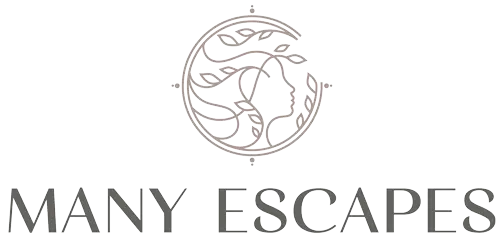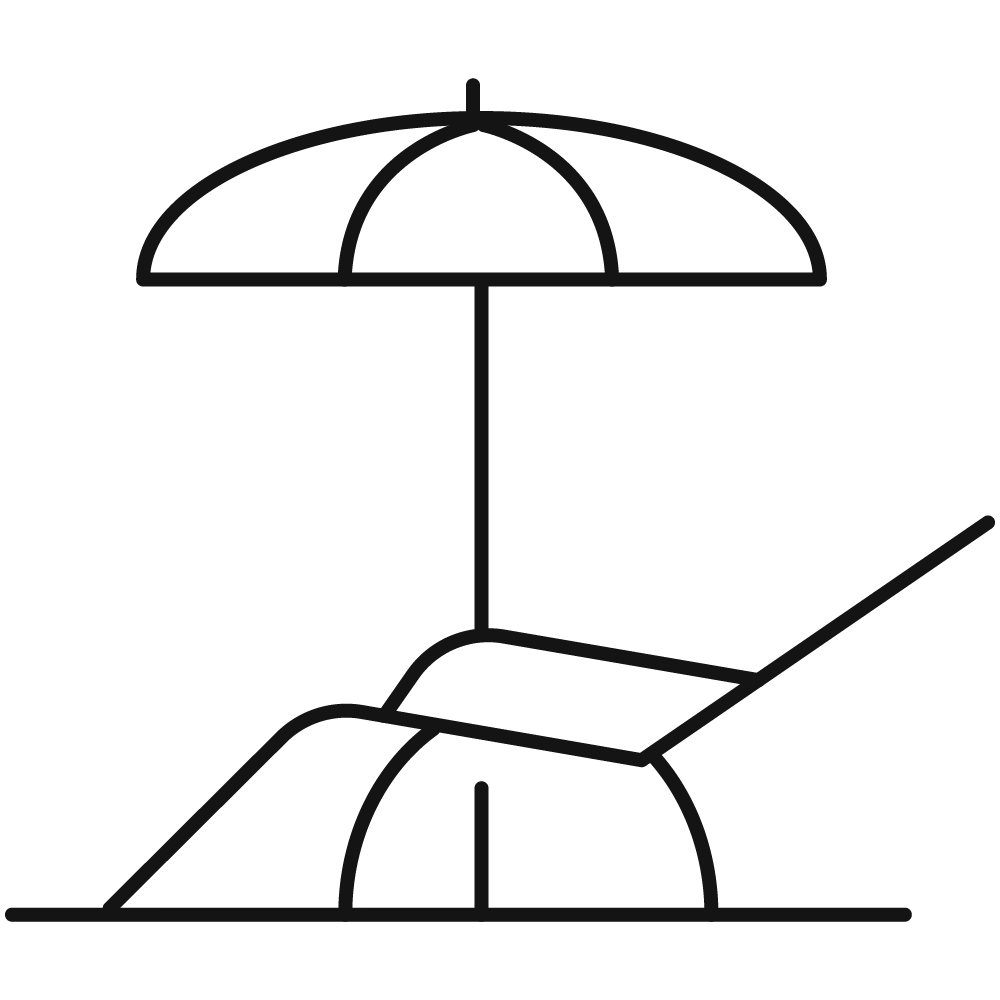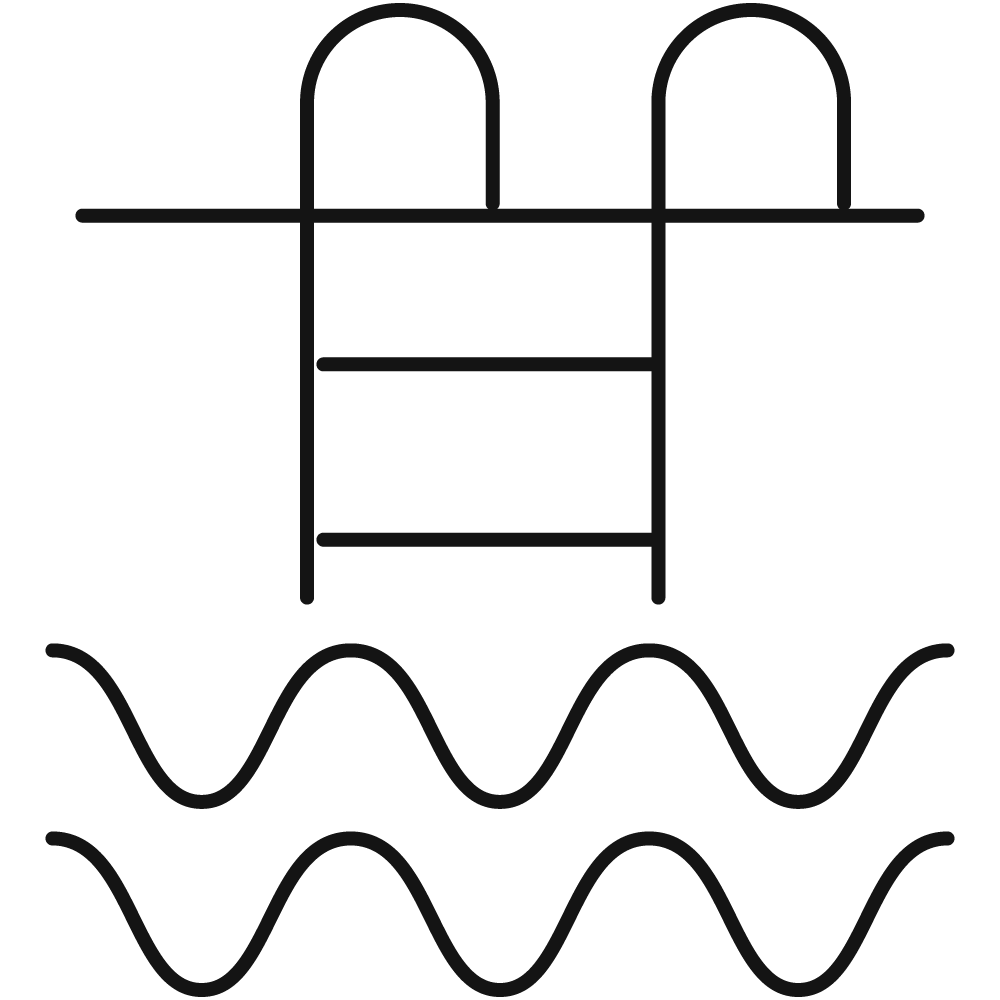Meditation and thought examination may seem like opposing practices, and they are different, but both are important in the quest to help us become more mindful and aware of our thoughts, emotions and actions. Because of their differences, sometimes it can be challenging to know how to balance these two practices in our daily lives. Let’s start by defining what these two practices are.
Meditation vs Thought Examination
Meditation is a practice that involves focusing your attention on a particular object, such as your breath, a mantra, or a visualization. The goal is to quiet the mind and become less attached to thoughts. As thoughts drift in and out, you notice without judgement. Practicing meditation daily can help you develop a greater sense of calm, clarity and insight.
Thought examination, on the other hand, involves actively reflecting on your thoughts, beliefs and emotions. This can involve questioning your assumptions, challenging your biases, and exploring your inner world with curiosity and openness. The goal of thought examination is to gain greater self-awareness and understanding, which can help you make better decisions and lead a more fulfilling life.
Both practices offer huge benefits in gaining self awareness, control and peace. Here are some simple tips to make both part of regular routine.
Begin with Meditation
If you’re new to mindfulness practices, it can be helpful to start with meditation. This will help you develop the ability to focus your attention and cultivate a sense of peace. Once you have a regular practice in place, you can start to incorporate thought examination into your routine. Try one of the many apps available if you’re looking for guidance: Headspace, Calm, and Waking Up are all good options.
Carve out Time for Dedicated Practice
It’s important to set aside dedicated time for both meditation and thought examination. Whether it’s easier to find a few minutes each day or longer periods once or twice a week is up to you. But, by setting aside this time, you’ll be more likely to stick with the practices and experience their benefits.
Use Meditation as a Prelude
Before engaging in thought examination, spend a few minutes meditating to calm your mind and focus your attention. This can help you approach the practice with greater clarity and openness.
Practice Thinking without Judgement
Whether you’re meditating or examining your thoughts, it’s important to approach the practice without judgment. This means observing your thoughts and emotions with acceptance, which leads to a greater sense of self-awareness.
Find Calm with Consistency
Both meditation and thought examination are practices that require patience and consistency. Don’t expect to see immediate results or have all the answers right away. Instead, focus on building a regular practice and being open to the process of self-discovery.
Balancing meditation and thought examination can be a powerful way to cultivate more awareness and self-acceptance. By incorporating these practices into your daily routine and approaching them with patience and consistency, you can develop a deeper connection to your inner world and lead a more fulfilling life.












